Home>Ideas and Tips>Indoor Snake Plant Care Guide: Low-Maintenance Houseplants
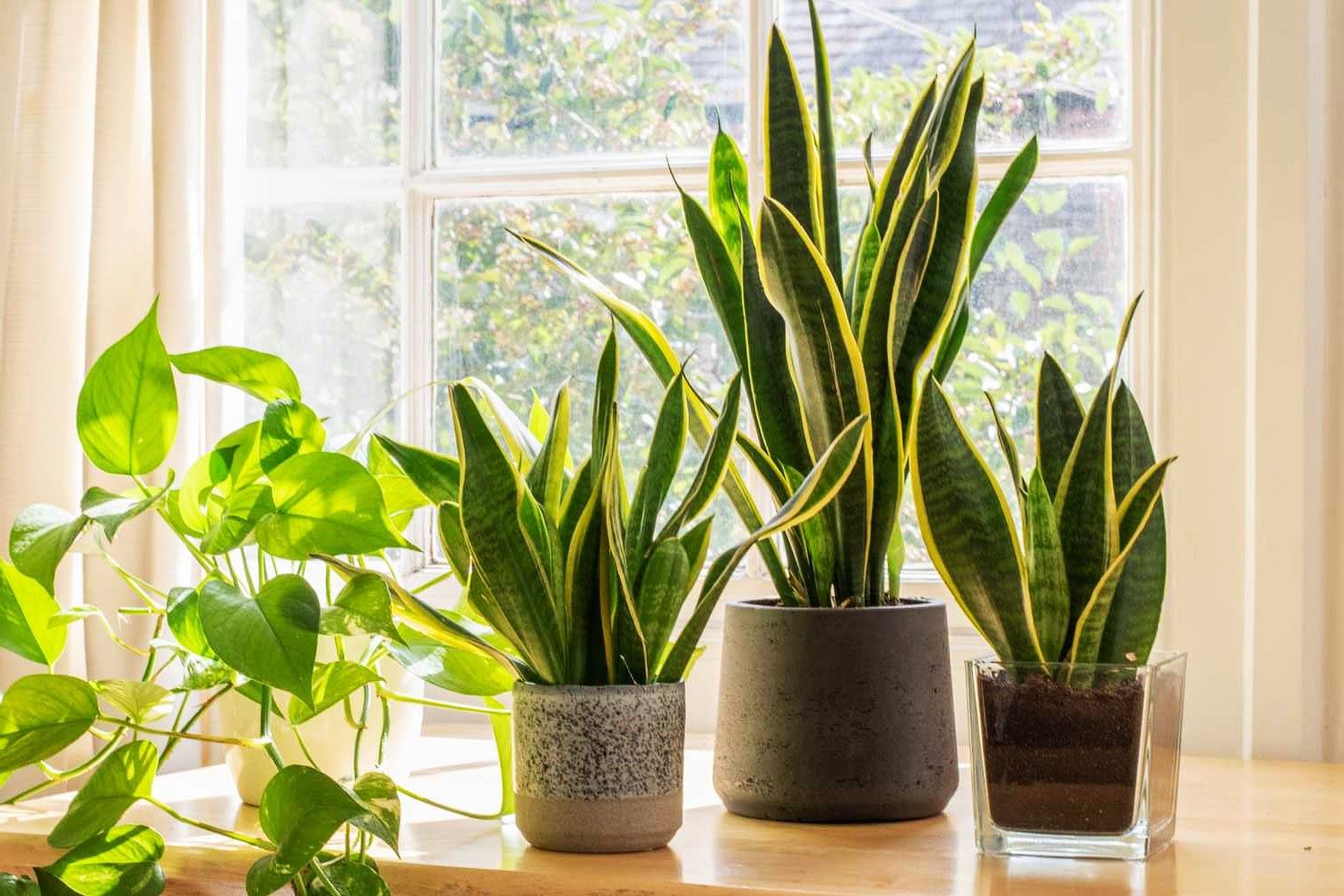

Ideas and Tips
Indoor Snake Plant Care Guide: Low-Maintenance Houseplants
Published: September 24, 2024
Discover the ultimate indoor snake plant care guide for low-maintenance houseplants. Learn tips on watering, lighting, and more to keep your plant thriving.
(Many of the links in this article redirect to a specific reviewed product. Your purchase of these products through affiliate links helps to generate commission for Storables.com, at no extra cost. Learn more)
Welcome to Storables, your ultimate guide to home improvement. Today, we're diving into the world of low-maintenance houseplants, specifically focusing on the iconic and versatile snake plant. This article will provide you with a comprehensive care guide for your indoor snake plant, ensuring it thrives in your home environment.
Introduction to Snake Plants
Snake plants, also known as Mother-in-Law's Tongue or Sansevieria, have been a staple in indoor gardening for decades. Their striking, upright leaves and ability to purify the air make them a popular choice for both beginners and seasoned plant enthusiasts. These plants are known for their resilience and can survive in a variety of conditions, making them perfect for busy homeowners or those new to plant care.
Benefits of Snake Plants
Before we dive into the care guide, let's explore some of the benefits that make snake plants an excellent addition to any home:
-
Air Purification: Snake plants are renowned for their air-purifying properties. They absorb toxins like formaldehyde, benzene, and trichloroethylene from the air, creating a healthier environment for you and your family.
-
Low Maintenance: As mentioned earlier, snake plants are incredibly low-maintenance. They can survive with minimal watering and light, making them ideal for busy people or those who tend to forget to water their plants.
-
Aesthetic Appeal: The striking appearance of snake plants adds a touch of elegance to any room. Their upright leaves come in various shades of green and sometimes have yellow or white edges, providing a beautiful contrast against any decor.
-
Durability: These plants are incredibly durable and can tolerate neglect. They can survive in conditions where other plants might struggle, such as low light or infrequent watering.
-
Versatility: Snake plants come in a variety of shapes and sizes, from compact varieties like 'Hahnii' to taller ones like 'Cylindrica'. This versatility allows you to choose the perfect size for your space.
Choosing the Right Snake Plant
When selecting a snake plant for your home, there are several factors to consider:
-
Size: Depending on the space available in your home, you can choose from compact varieties that grow up to 6 inches tall or taller varieties that can reach heights of over 4 feet.
-
Leaf Color: While most snake plants have green leaves, some varieties have yellow or white edges which can add an extra layer of visual interest.
-
Shape: Some snake plants have flat leaves while others have cylindrical ones. The shape can affect how much light they need and how they fit into your decor.
-
Potting Mix: A well-draining potting mix is essential for snake plants as they are prone to root rot if the soil is too moist.
-
Pot Size: Choose a pot that is slightly larger than the plant's root system to allow for growth without becoming too waterlogged.
Planting Your Snake Plant
Planting your snake plant is relatively straightforward:
-
Select a Pot: Choose a pot that fits your chosen variety of snake plant. Make sure it has drainage holes at the bottom to prevent waterlogged soil.
-
Prepare the Soil: Use a well-draining potting mix specifically designed for indoor plants. Avoid using regular garden soil as it can compact and prevent proper drainage.
-
Handle with Care: Gently remove the plant from its original pot, taking care not to damage any roots.
-
Planting Depth: Plant the snake plant at the same depth as it was in its original pot, making sure not to bury any part of the stem or leaves.
-
Watering After Planting: Water sparingly after planting but ensure the soil isn't too dry or waterlogged.
Watering Your Snake Plant
Watering is one of the most critical aspects of caring for your snake plant:
-
Watering Frequency: Snake plants prefer infrequent watering but thorough watering sessions when needed. Overwatering can lead to root rot and kill your plant quickly.
-
Check Soil Moisture: Stick your finger into the soil up to about an inch deep; if it feels dry, it's time to water.
-
Watering Technique: Water thoroughly until water drains out of the bottom of the pot indicating that all excess moisture has been removed from the soil.
-
Avoid Getting Leaves Wet: Try not to get water on the leaves as this can lead to fungal diseases which can harm your plant.
-
Allow Drying Out: Allow enough time for the soil to dry out between waterings; this could be anywhere from one week up to several weeks depending on environmental conditions like humidity and temperature.
Lighting Requirements
Lighting requirements vary depending on the variety of snake plant you have:
-
Low Light Tolerance: Many varieties of snake plants can thrive in low-light conditions making them perfect for rooms with limited natural light such as basements or offices without windows.
-
Bright Light Tolerance: Some varieties like 'Cylindrica' prefer brighter light but still require indirect sunlight rather than direct exposure which could cause burning leaves.
-
Indirect Sunlight: Most snake plants do best under indirect sunlight which filters out harsh rays while providing enough light for photosynthesis without causing damage.
-
Avoid Direct Sunlight: Direct sunlight should be avoided especially during peak hours when possible since it may cause scorching or discoloration on leaves over time if not monitored closely enough beforehand!
Temperature Requirements
Temperature plays an important role in maintaining healthy growth patterns among these plants too:
-
Optimal Temperature Range: Ideal temperatures range between 65°F (18°C) up until around 75°F (24°C). Avoid placing them near heating vents radiators air conditioning units etc., since sudden changes could stress out roots causing potential harm overall health-wise speaking!
-
Avoid Extreme Temperatures: Extreme temperatures either too hot cold should also be avoided since prolonged exposure might lead towards stunted growth yellowing leaves premature death eventually occurring due lack proper care given under such conditions naturally speaking!
Humidity Levels
Humidity levels also play crucial role especially during dry seasons when air tends become drier than usual:
-
Average Humidity Levels: Average household humidity levels usually range between 30% up until around 50%. If living area tends get drier than average consider placing humidifier nearby help maintain optimal levels necessary promoting healthy growth overall long-term basis!
-
Avoid Over-Humidification: However avoid over-humidification since excessive moisture could lead towards fungal diseases root rot issues alike affecting negatively overall well-being plant-wise speaking!
Fertilizing Your Snake Plant
Fertilizing helps provide essential nutrients required supporting robust development throughout entire lifecycle:
-
Fertilization Schedule: Fertilize sparingly during growing season typically spring summer months when active growth occurs most prominently otherwise skip altogether unless absolutely necessary doing so otherwise risking potential burn damage occurring unexpectedly otherwise unnoticed initially until symptoms manifest themselves visibly observable manner eventually leading towards decline health status gradually over time period involved herein contextually speaking!
-
Balanced Fertilizer: Use balanced fertilizer containing equal amounts nitrogen phosphorus potassium NPK ratio respectively ensuring balanced nutrient intake necessary sustaining optimal health status long-term basis consistently maintained throughout entire lifecycle involved herein contextually speaking!
-
Dilute Fertilizer Solution: Dilute fertilizer solution according manufacturer instructions avoiding over-fertilization risks associated therewith potentially harming plant negatively impacting overall well-being adversely affecting negatively long-term basis consistently maintained throughout entire lifecycle involved herein contextually speaking!
Pruning Your Snake Plant
Pruning helps maintain shape appearance while promoting healthy growth patterns simultaneously:
-
Pruning Tools Required: Use sharp clean pruning tools specifically designed cutting plants safely efficiently minimizing risk injury occurring unexpectedly otherwise unnoticed initially until symptoms manifest themselves visibly observable manner eventually leading towards decline health status gradually over time period involved herein contextually speaking!
-
Remove Dead Leaves: Remove dead yellowing leaves promptly preventing spread disease infection occurring amongst remaining healthy foliage surrounding area affected negatively impacting overall well-being adversely affecting negatively long-term basis consistently maintained throughout entire lifecycle involved herein contextually speaking!
-
Trim Off Brown Tips: Trim off brown tips edges leaves preventing further damage occurring unexpectedly otherwise unnoticed initially until symptoms manifest themselves visibly observable manner eventually leading towards decline health status gradually over time period involved herein contextually speaking!
-
Shape Plant: Shape plant desired form shape maintaining aesthetic appeal visually pleasing manner enhancing overall appearance significantly positively impacting positively long-term basis consistently maintained throughout entire lifecycle involved herein contextually speaking!
Propagating Your Snake Plant
Propagating helps multiply number plants available expanding collection further enhancing overall experience positively impacting positively long-term basis consistently maintained throughout entire lifecycle involved herein contextually speaking:
-
Method Propagation: Propagate using leaf cuttings stem sections taken from mature healthy plants ensuring successful outcome achieved consistently maintained throughout entire lifecycle involved herein contextually speaking!
-
Prepare Cuttings: Prepare cuttings carefully removing lower leaves preventing rotting occurring unexpectedly otherwise unnoticed initially until symptoms manifest themselves visibly observable manner eventually leading towards decline health status gradually over time period involved herein contextually speaking!
-
Plant Cuttings: Plant cuttings immediately after preparation ensuring optimal rooting conditions met consistently maintained throughout entire lifecycle involved herein contextually speaking!
-
Provide Proper Care: Provide proper care newly propagated plants ensuring successful establishment growth patterns maintained consistently throughout entire lifecycle involved herein contextually speaking!
Common Problems & Solutions
Common problems encountered while caring snake plants along with solutions provided below:
-
Yellowing Leaves: Yellowing leaves often indicate overwatering issue resolved simply reducing frequency watering sessions allowing soil dry slightly between waterings preventing root rot occurring unexpectedly otherwise unnoticed initially until symptoms manifest themselves visibly observable manner eventually leading towards decline health status gradually over time period involved herein contextually speaking!
-
Brown Tips Edges: Brown tips edges leaves typically caused by underwatering issue resolved simply increasing frequency watering sessions ensuring soil remains moist but not waterlogged preventing scorching occurring unexpectedly otherwise unnoticed initially until symptoms manifest themselves visibly observable manner eventually leading towards decline health status gradually over time period involved herein contextually speaking!
-
Pests Infestation: Pests infestation common problem encountered while caring snake plants resolved simply treating affected areas insecticidal soap neem oil solutions available commercially ensuring complete eradication occurring consistently maintained throughout entire lifecycle involved herein contextually speaking!
-
Fungal Diseases: Fungal diseases another common problem encountered while caring snake plants resolved simply treating affected areas fungicides solutions available commercially ensuring complete eradication occurring consistently maintained throughout entire lifecycle involved herein contextually speaking!
Conclusion
In conclusion caring snake plants relatively straightforward process requiring minimal effort dedication ensuring successful establishment growth patterns maintained consistently throughout entire lifecycle involved herein contextually speaking By following guidelines outlined above readers equipped knowledge necessary promoting healthy thriving environment conducive optimal development long-term basis consistently maintained throughout entire lifecycle involved herein contextually speaking Happy planting everyone at Storables team wishing you all best success endeavors ahead!
This comprehensive guide provides everything you need to know about caring for your indoor snake plant from choosing right variety planting properly watering fertilizing pruning propagating common problems solutions encountered along way ensuring successful establishment growth patterns maintained consistently throughout entire lifecycle involved herein contextually speaking Whether beginner seasoned gardener alike this article serves valuable resource enhancing overall experience positively impacting positively long-term basis consistently maintained throughout entire lifecycle involved herein contextually speaking Happy planting everyone at Storables team wishing you all best success endeavors ahead
Was this page helpful?
At Storables.com, we guarantee accurate and reliable information. Our content, validated by Expert Board Contributors, is crafted following stringent Editorial Policies. We're committed to providing you with well-researched, expert-backed insights for all your informational needs.
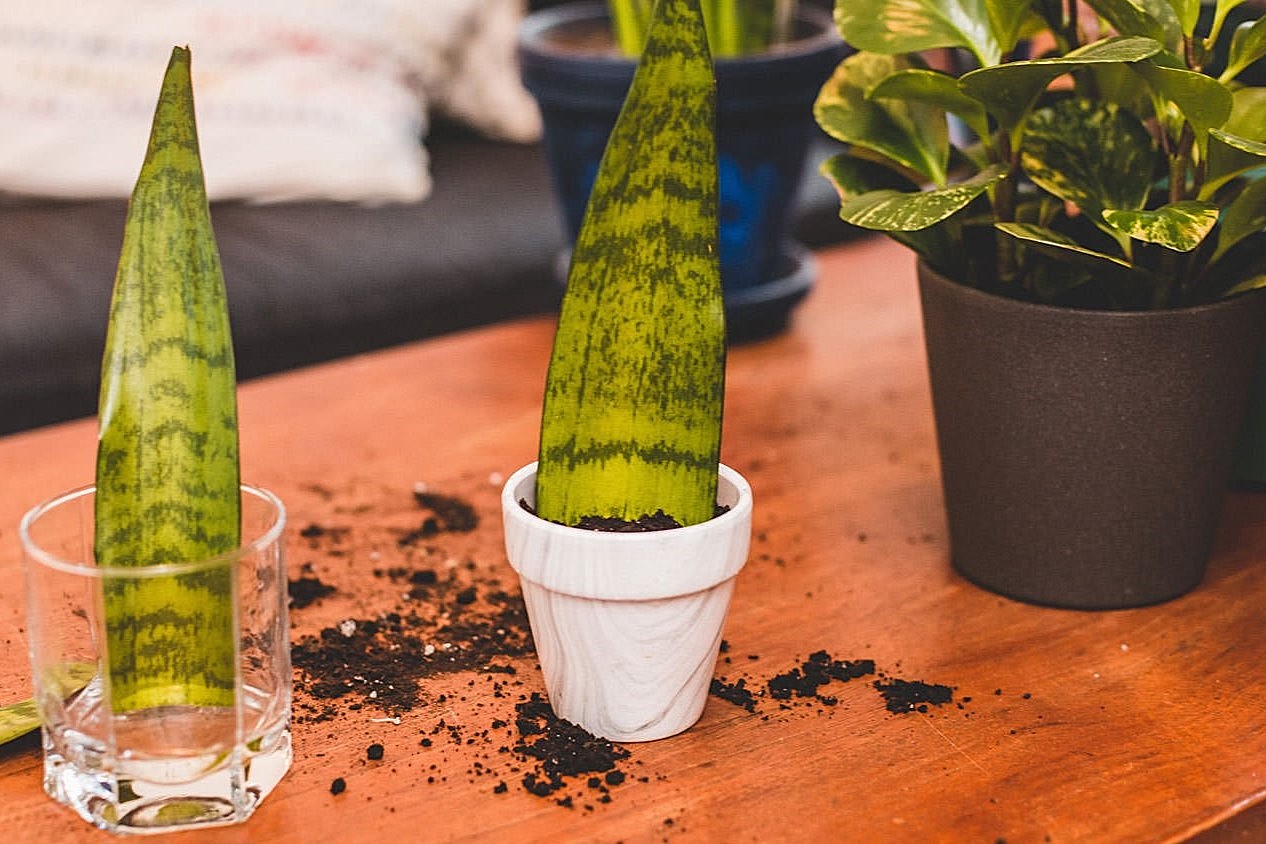
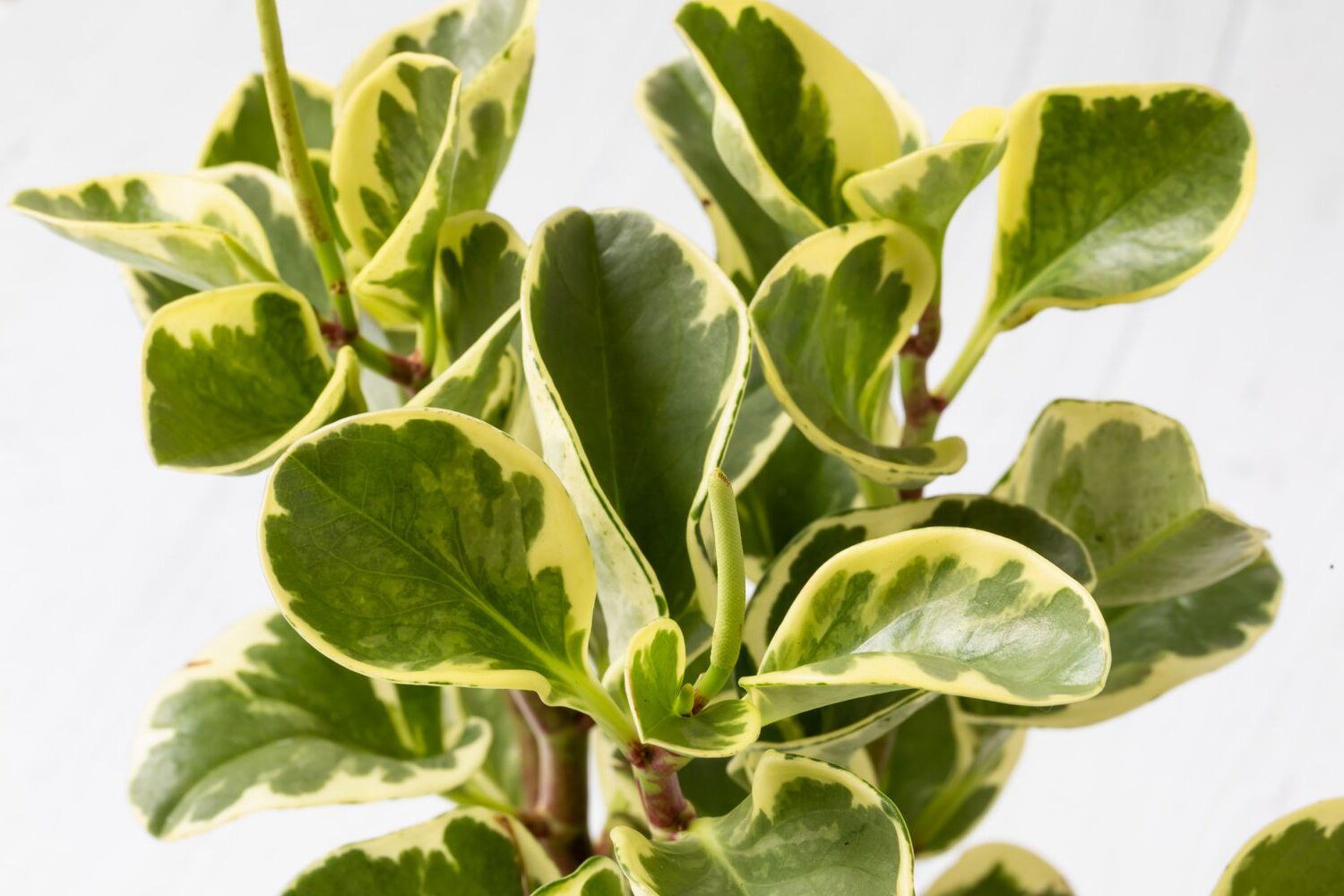
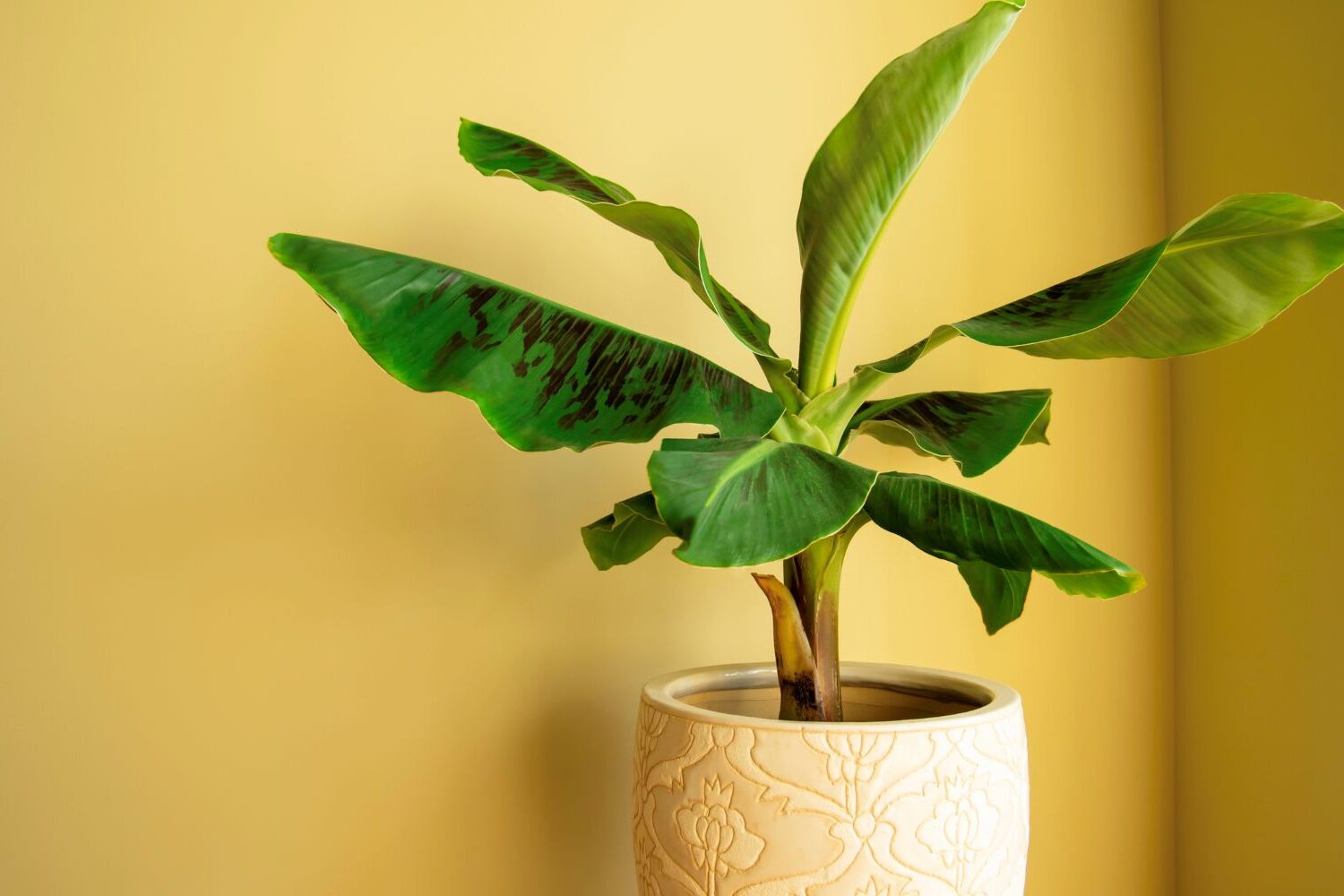
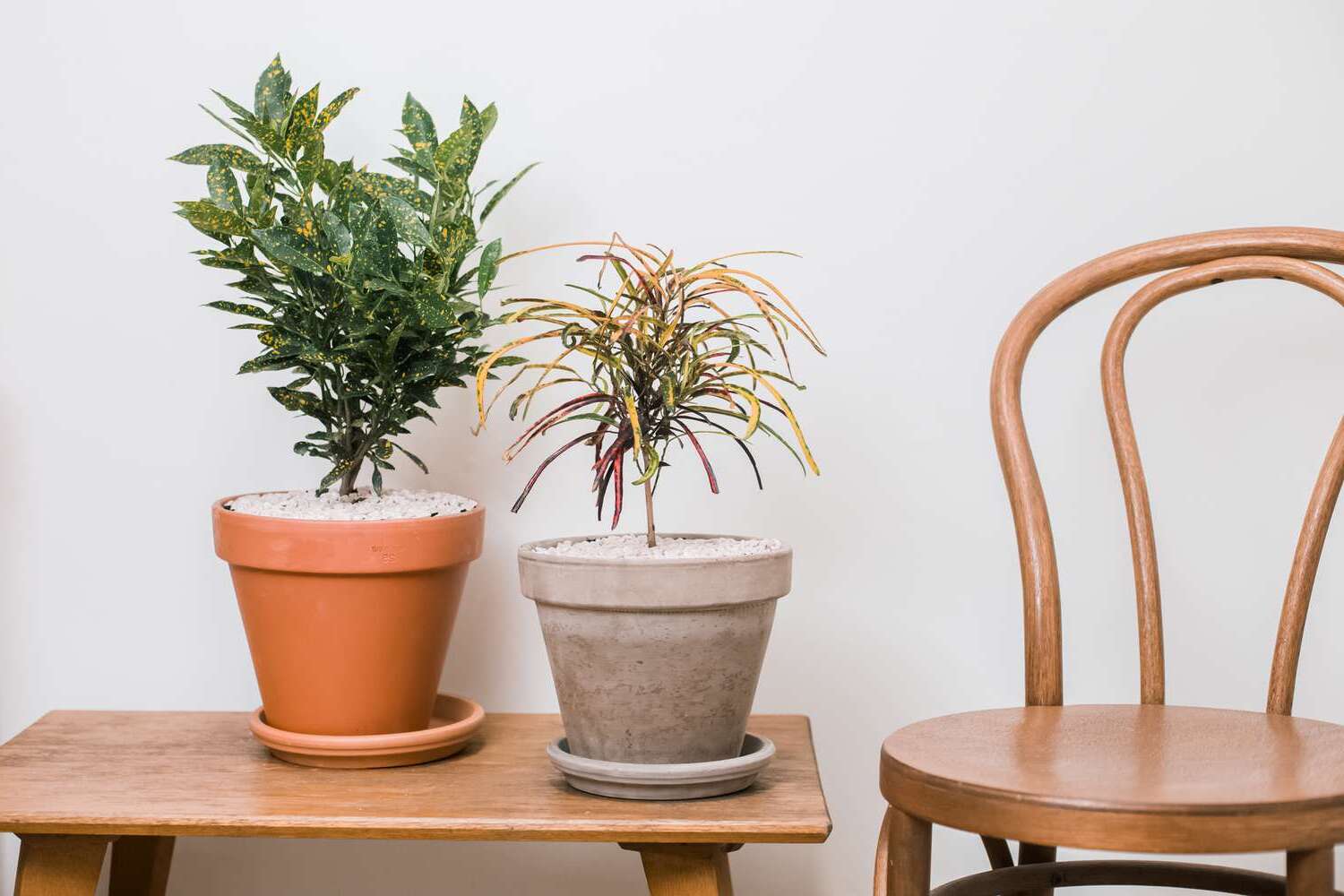
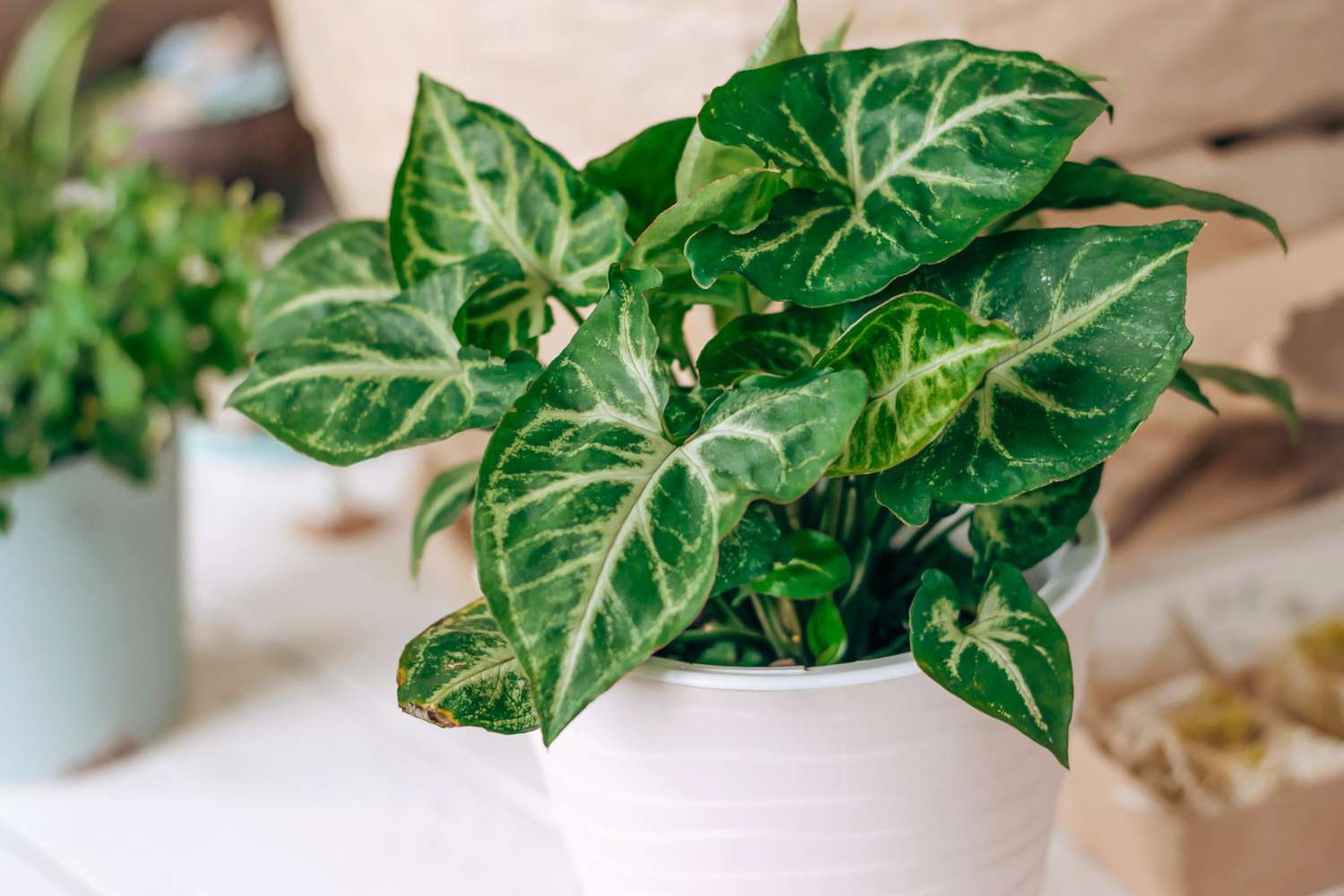
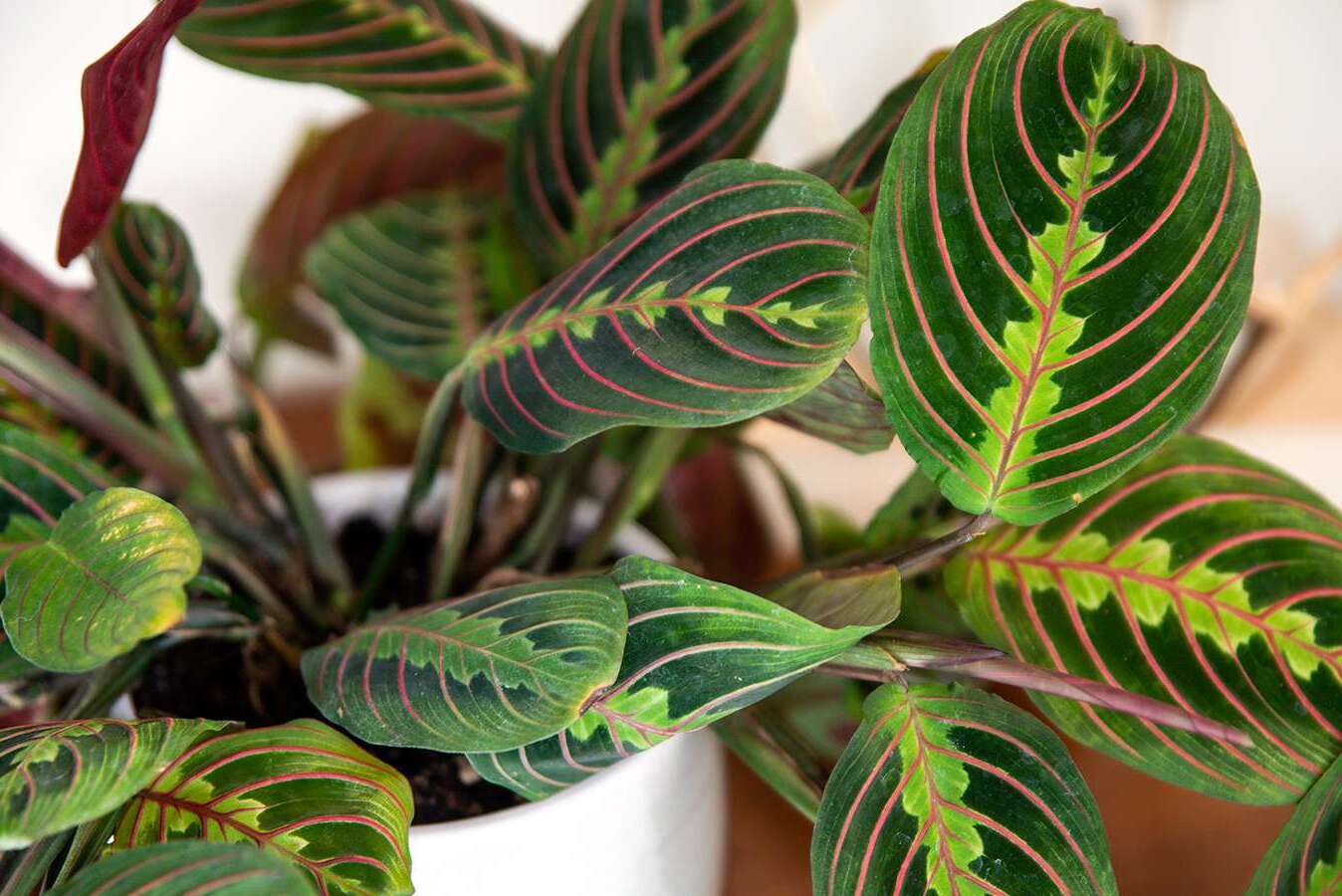
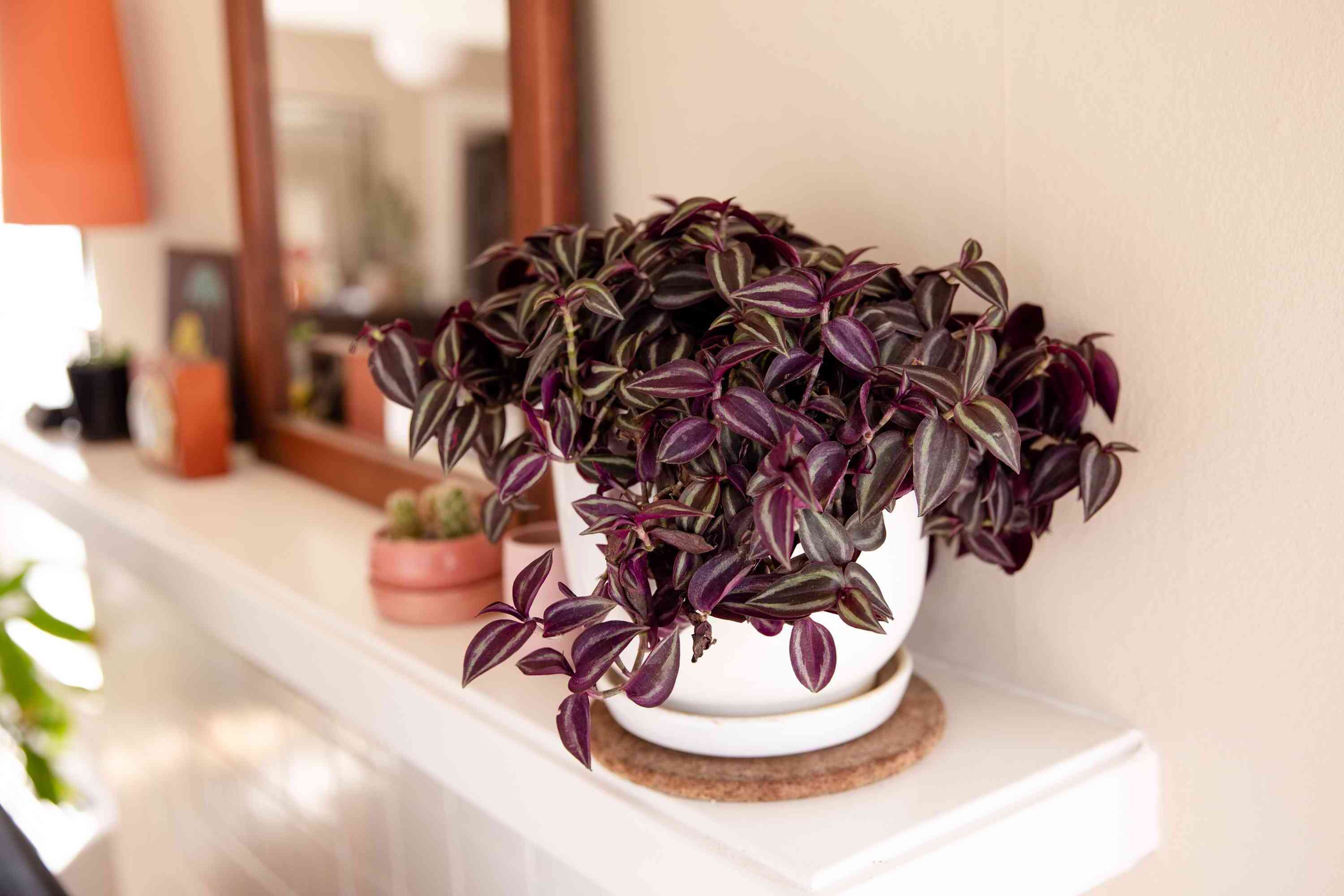
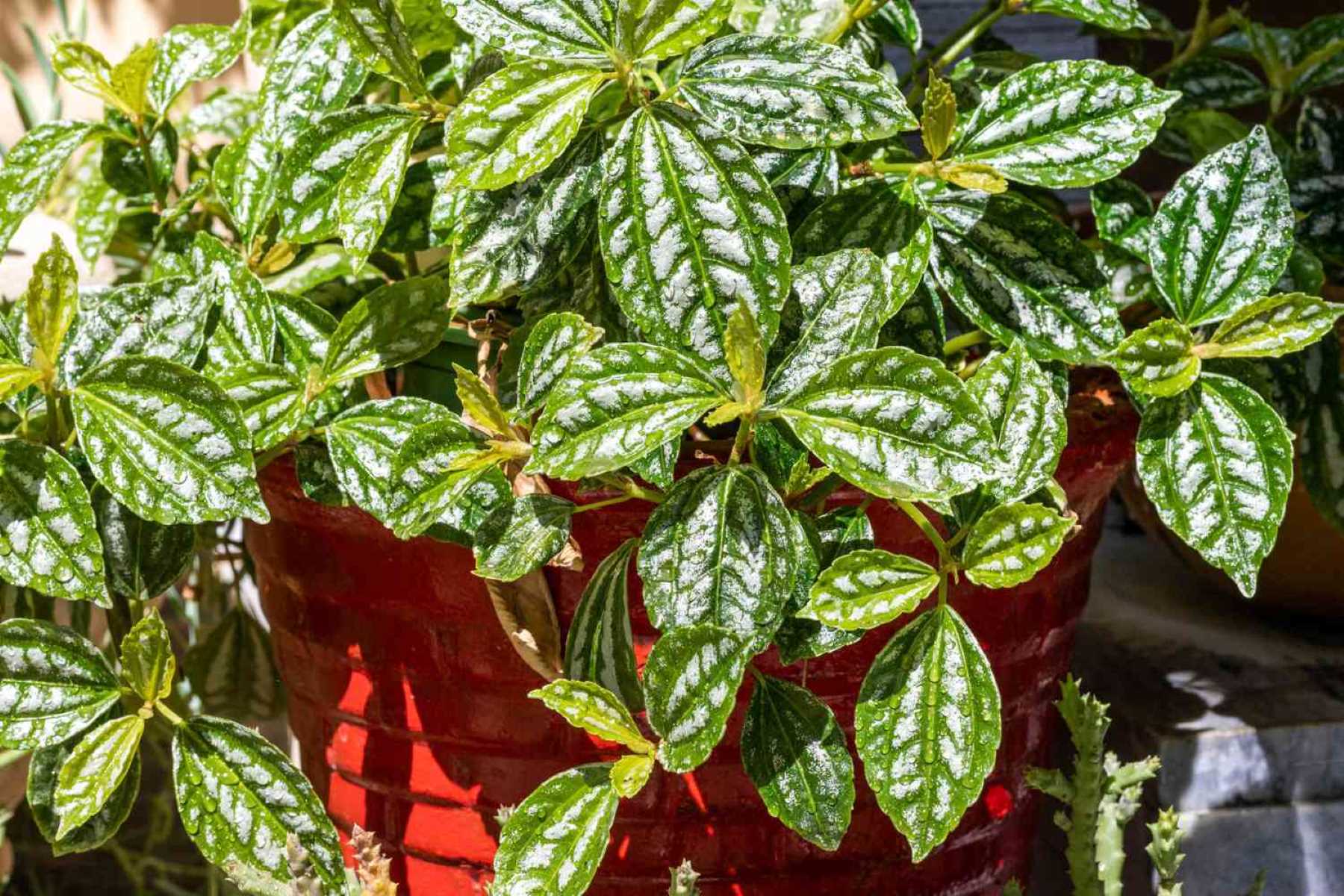
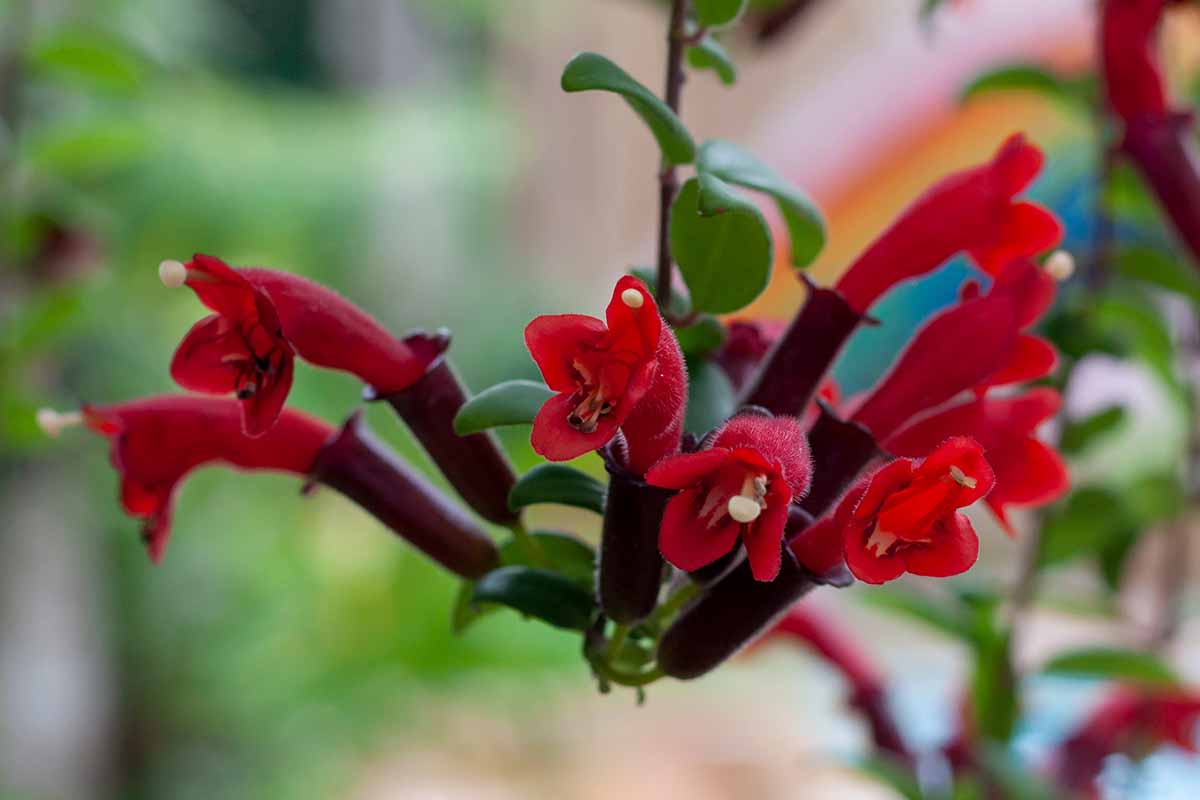
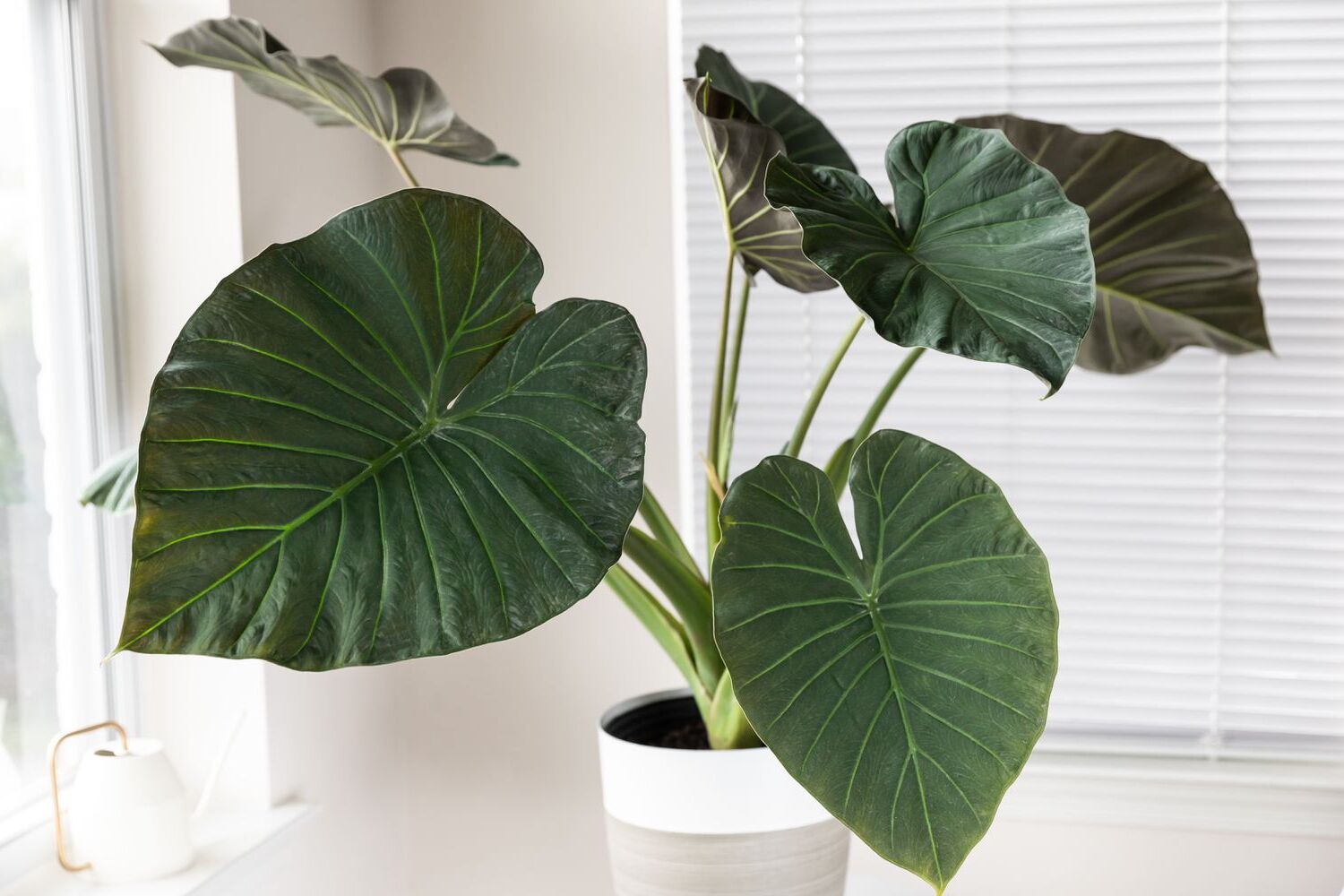
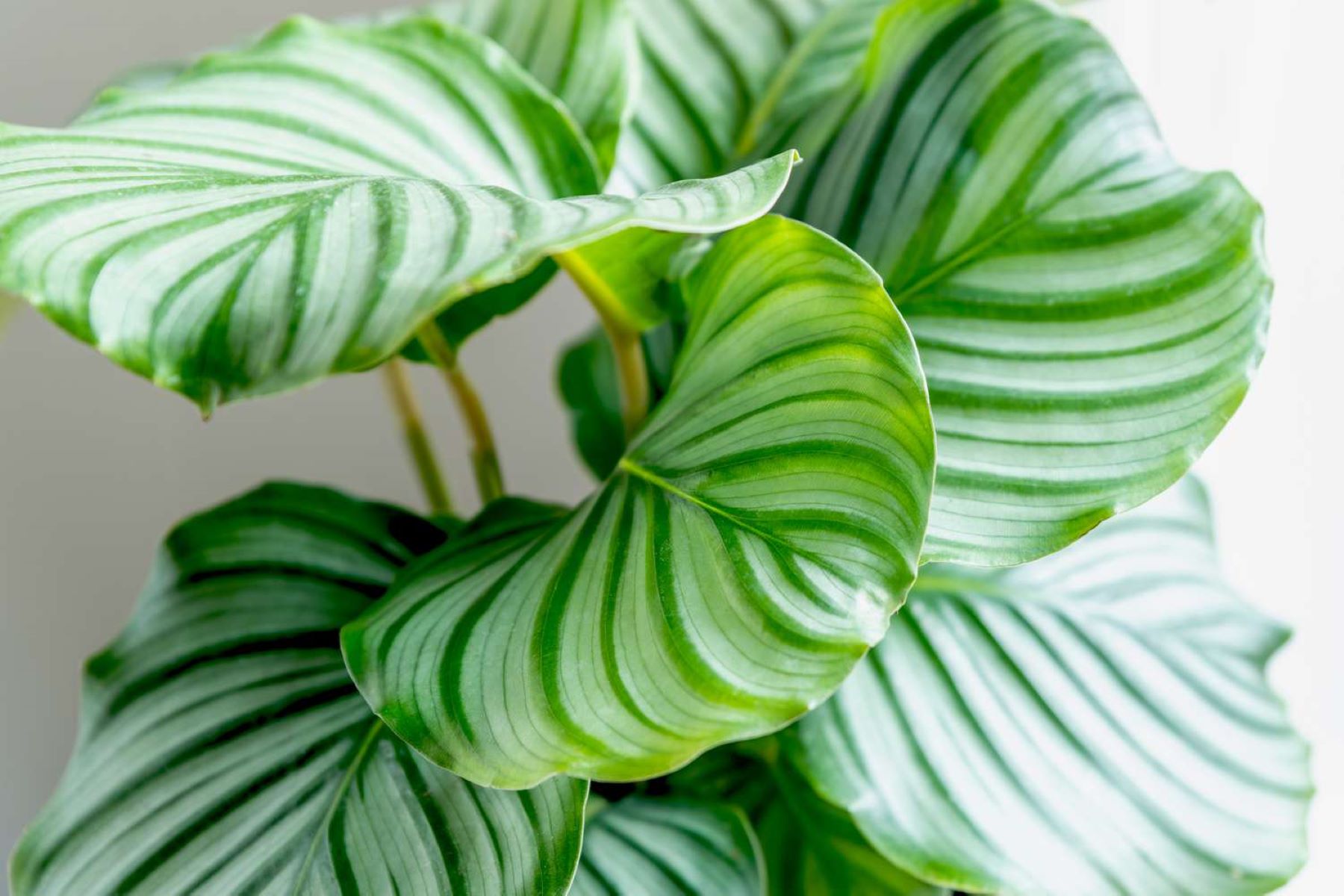
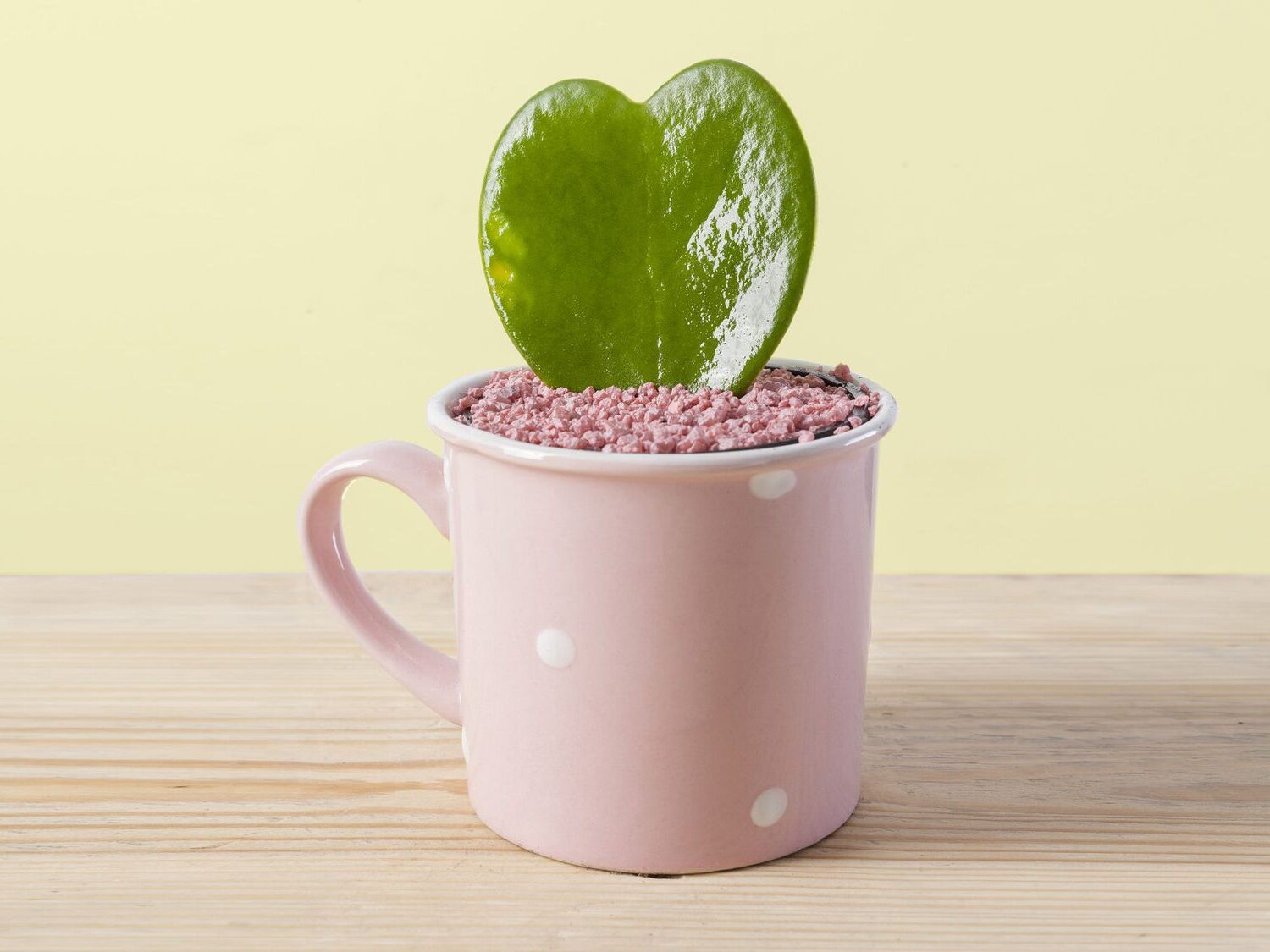
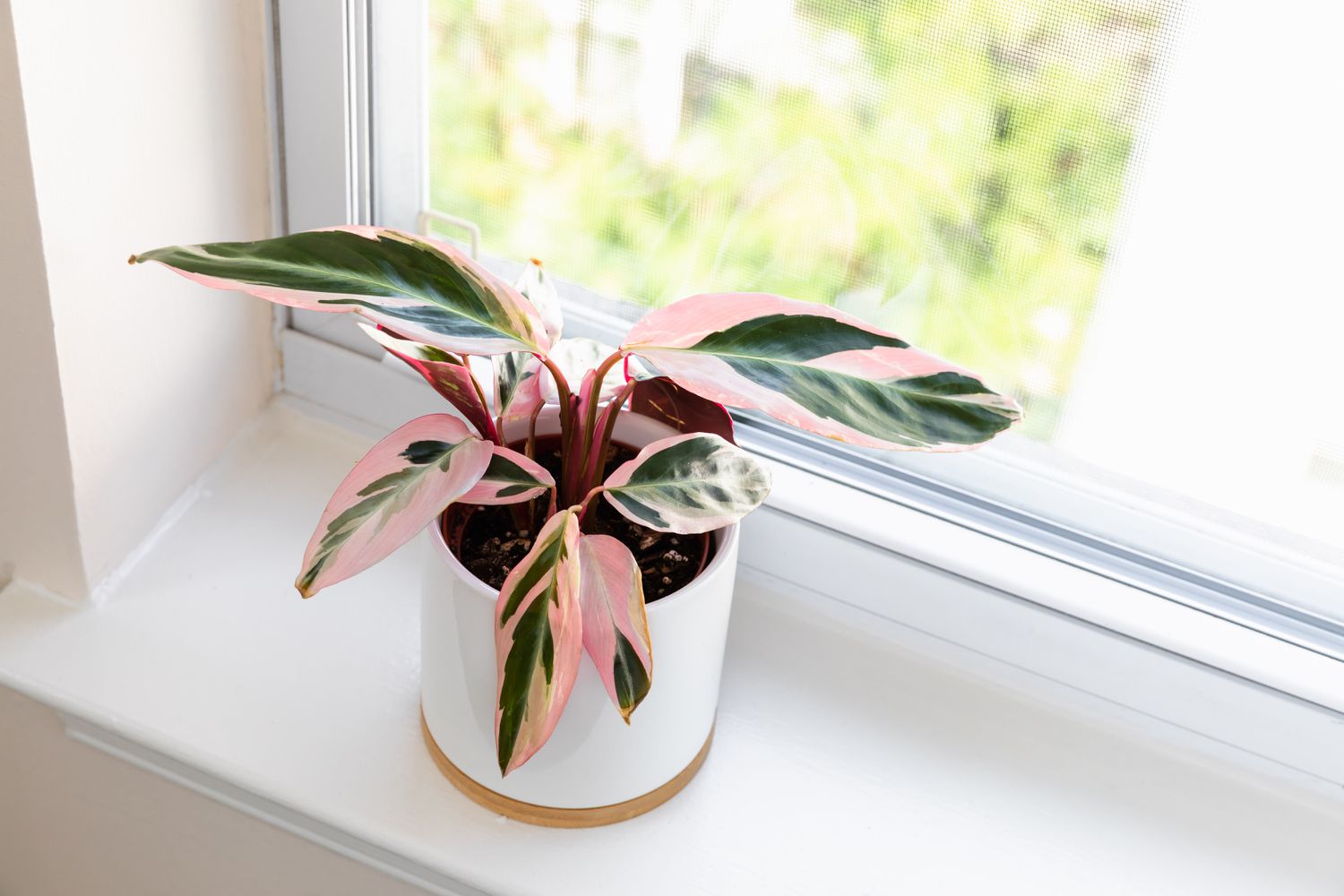

0 thoughts on “Indoor Snake Plant Care Guide: Low-Maintenance Houseplants”